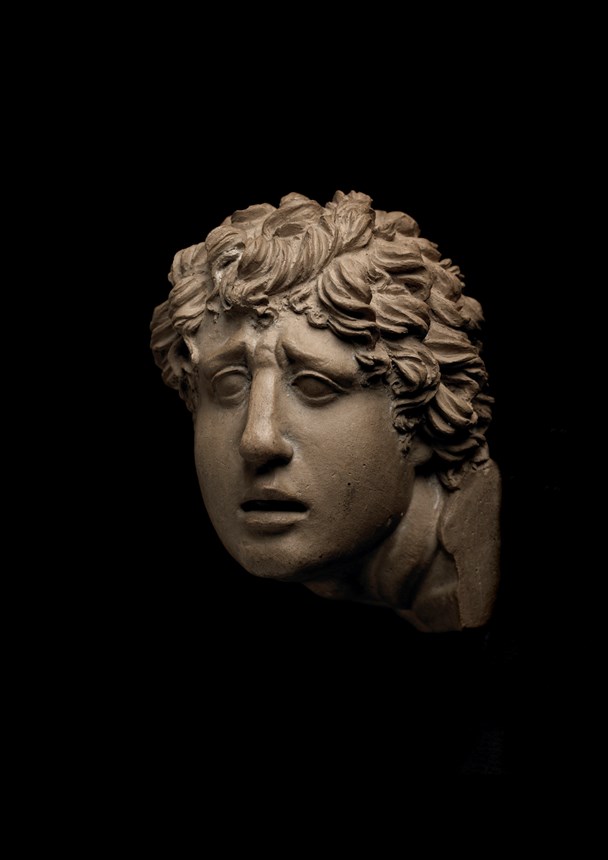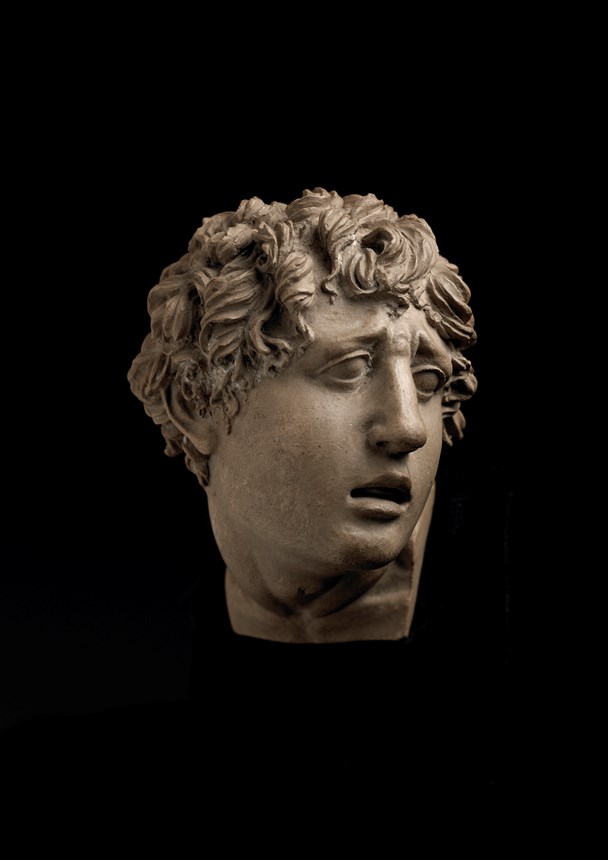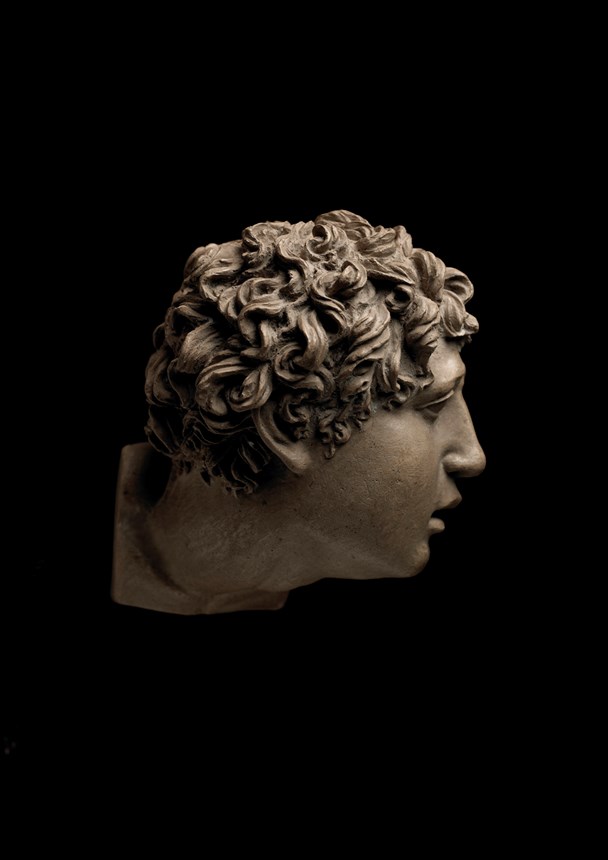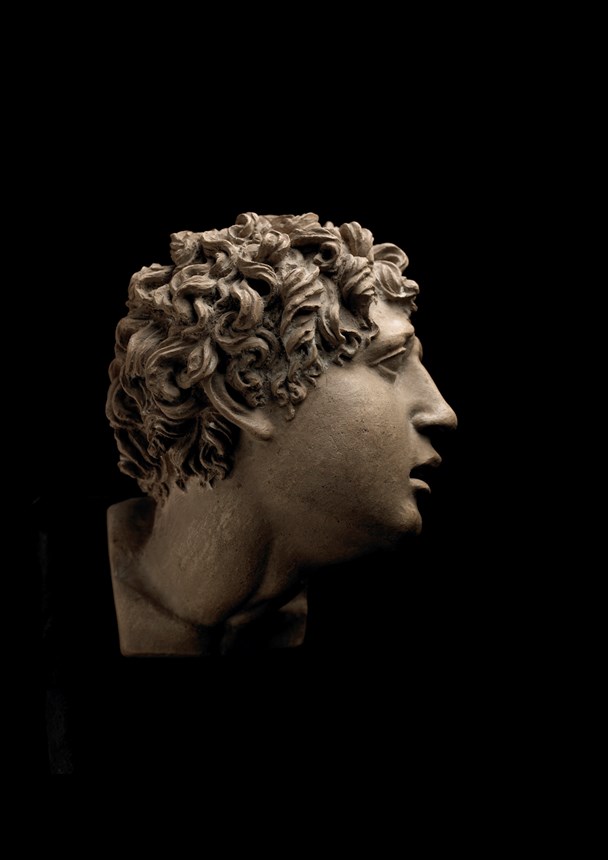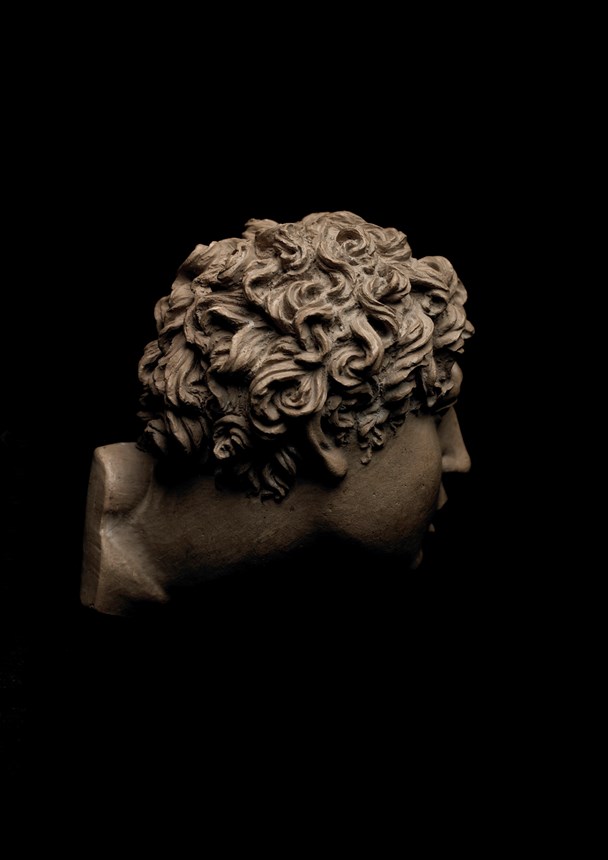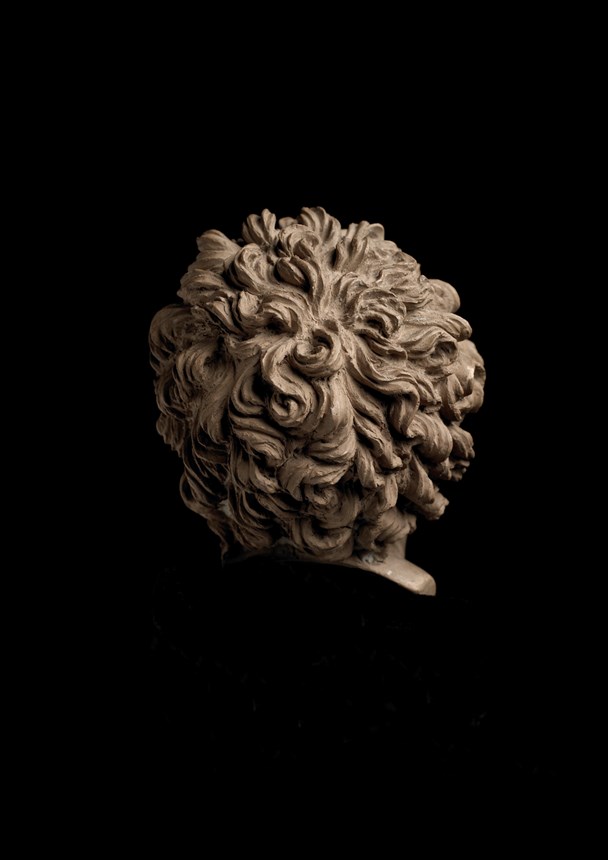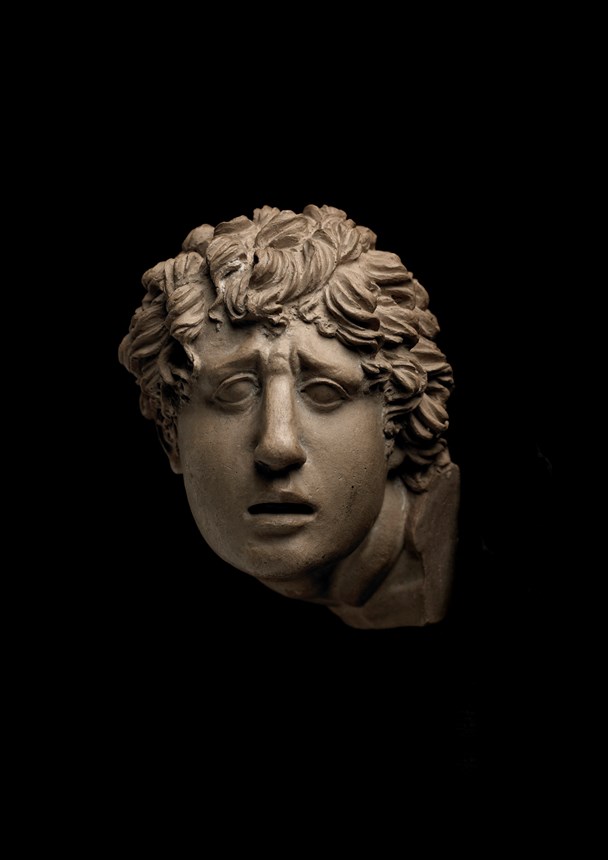First identified by scholar Gian Lorenzo Mellini in 1990, the present terracotta constitutes a rare and fascinating addition to the corpus of Canova’s early production and is representative, in both style and subject, of the sculptor’s seminal period before the move from Venice to Rome.
In 1775 Canova established his first studio in Venice, inside the cloister of the church of Santo Stefano. Until then, he had worked for the local sculptor Giuseppe Bernardi, whose figures drew on the compositional lessons of Jacopo Sansovino in Venice and of the Baroque masters in Rome. These precedents would have been well-known to Canova, owning in part to the plaster casts after Bernini, Algardi, Duquesnoy and other modern masters which he is known to have avidly studied in the Canal Grande palace of Filippo Farsetti. This collection additionally included casts after antique models and a series of original terracotta bozzetti dating from the early sixteenth to the mid-eighteenth century (Honour 1992, p. 34), thus offering visitors a remarkable array of diverse visual sources.
The impact of the Farsetti plasters on the young Canova is clearly discernible in his most renowned Venetian works, the full-length statues of Orpheus (fig. 1) and Eurydice he executed around 1775 for Senator Falier. The pair illustrate the moment when, having tried to rescue his beloved Eurydice from Hades, Orpheus defies the gods and looks back at her too soon, thus losing her forever. The dramatic tension of the narrative is expressed by the rotating movement of each figure, by the pathos of their gestures and, most notably, by their facial features, heightened to convey a strong sense of emotion.
A similarly corrugated brow and grimacing, downturned mouth to the Orpheus appear in the present Character Head, suggesting, as Mellini observed, a close connection between the two works, which betray Canova’s preoccupation with the representation of emotions. Interestingly, in both cases this is framed within a wider exploration of antiquity, a central theme throughout Canova’s career. Indeed the present terracotta, albeit an invenzione of the sculptor, derives from the Hellenistic group of Laocoön and his Sons(specifically the figure of the youth on the right), which had enjoyed incredible notoriety since its discovery in 1506 and of which a terracotta model existed in the collection of Filippo Farsetti (see Buranelli et al 2006, p. 166, no. 60). As Mellini points out, in 1775 Canova had also executed another study after an antiquity – the Uffizi Wrestlers – in terracotta, a medium he favoured and employed throughout his production (fig. 2; Accademia, Venice).
Comparison with the Falier Orpheus and the Wrestlers highlights that the expressive quality and richly, deeply modelled features and hair of the present head are characteristic of Canova’s early production, on one hand looking back at his Venetian heritage and on the other heralding the narrative skill and technical accomplishment that he would fully master in Rome. Emblematic of the connection between Canova’s more mature Roman works and earlier forays into the portrayal of emotions is the head of the Medusa from his Perseus Triumphant (Rome, Vatican Museums, 1797–1801) – individually modelled in a terracotta sketch now at the Gipsoteca in Possagno (fig. 3) - in which the structure of the face is very close to that of the present one, albeit more linear and softened.
It is possible that Canova executed the present terracotta upon his arrival in the papal city, or carried it there with him, given that, as Mellini records, its provenance is most likely the collection of the Roman art theorist Francesco Milizia (1725–1798), a keen admirer of Canova.
Exhibited
Canova: Sketching in Clay, National Gallery of Art, Washington, USA, 11 June – 9 October 2023
Canova: Sketching in Clay, Art Institute of Chicago, USA, 19 November 2023 – 18 March 2024




